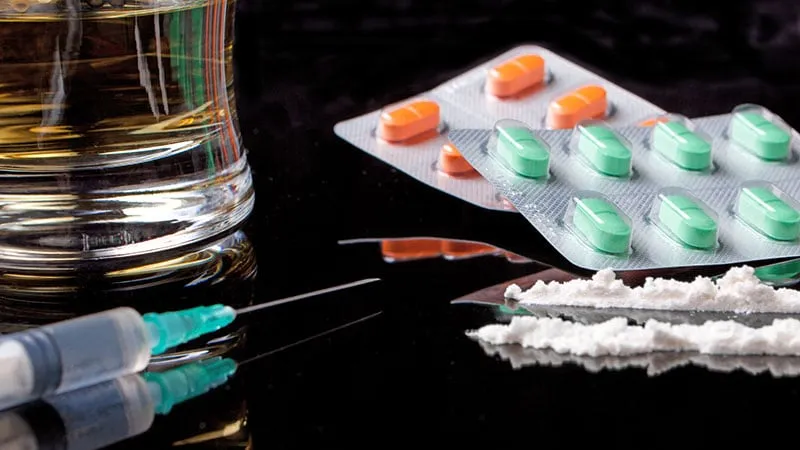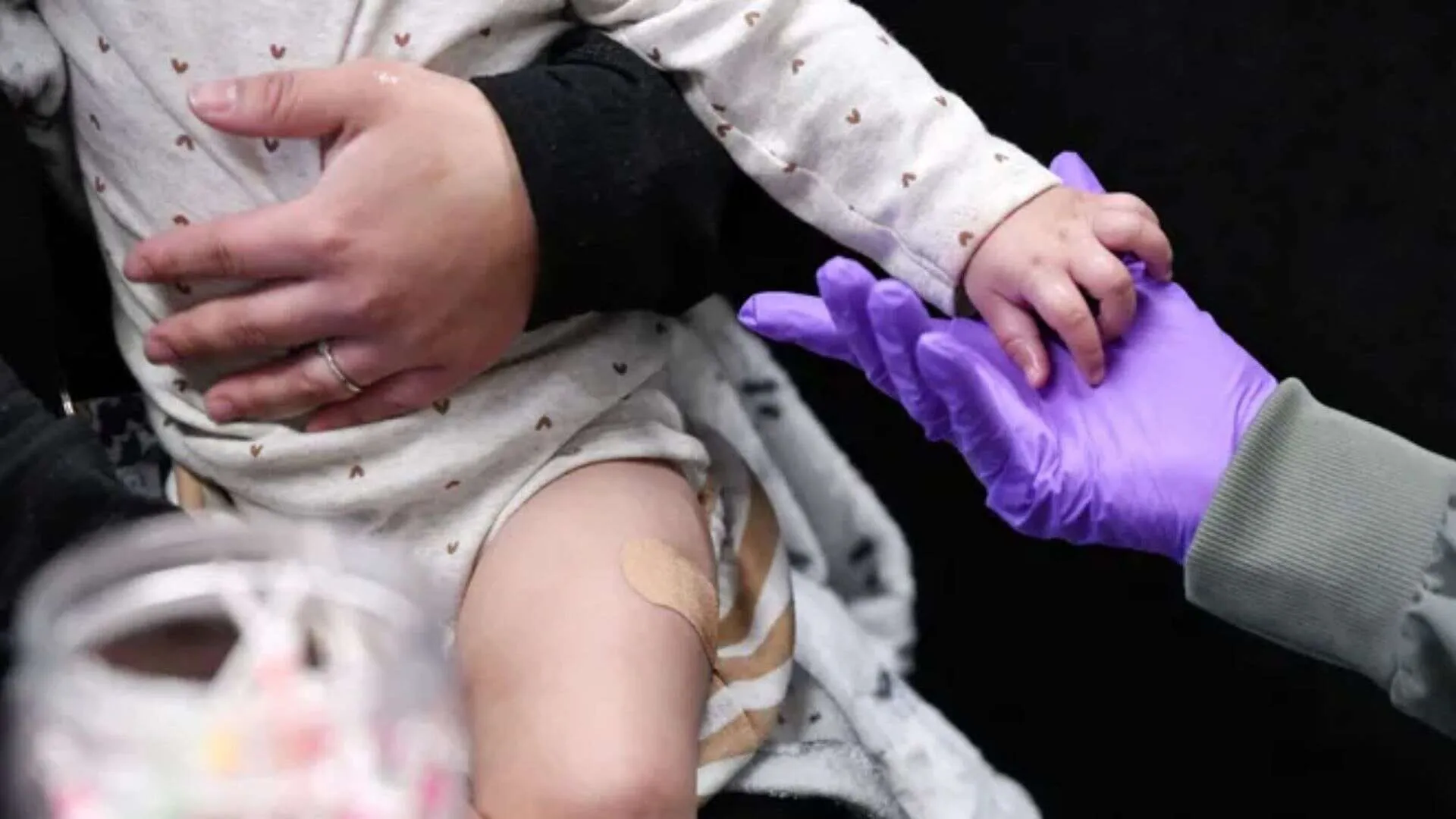Substance use disorder (SUD) remains one of the most pressing public health crises in the United States, and the ongoing struggle to meet the demand for treatment has only intensified in recent years. The COVID-19 pandemic, which took a significant toll on healthcare systems, exacerbated an already dire situation. Even though treatment rates began to improve in 2022 with the reopening of healthcare programs and a surge in telehealth services, the gaps in care remain vast. A new study from the National Survey on Drug Use and Health (NSDUH) highlights the continuing disparities in treatment accessibility and reveals disturbing trends about unmet care needs.
This comprehensive study underscores a rapidly growing substance use disorder crisis in the U.S. It also paints a clear picture of the evolving treatment gaps that have worsened in the wake of the pandemic, despite an initial decrease in treatment engagement. With data collected from 657,583 non-institutionalized Americans over the past decade, the findings provide a deeper understanding of the barriers to effective treatment and highlight the areas that need urgent attention.
The Growing Need for Substance Use Disorder Treatment
Between 2013 and 2023, the proportion of individuals in the U.S. needing treatment for substance use disorder more than doubled, jumping from 8.2% to 17.1%. This rise signals a growing public health crisis, as more individuals require care to address alcohol, drug, and opioid use disorders. However, despite this surge in demand, the availability and accessibility of treatment have not kept pace. While treatment rates initially dropped from 9.3% in 2013 to 6.5% in 2020, there was a slight recovery to 14.9% by 2022, largely due to telehealth services, which gained traction during the pandemic.
This discrepancy between need and treatment points to systemic issues in substance use care, ranging from insufficient healthcare access to the deep-rooted stigma surrounding addiction. Understanding these gaps is key to addressing the crisis effectively.
Key Findings from the Study
1. The Disparity Between Need and Treatment
The study revealed that, of the individuals needing treatment, a significant portion (15.7%) did not receive care. While only 5.7% of those with substance use disorder recognized their need for treatment, an even smaller proportion (2.7%) actively sought help. This disconnect between recognizing the problem and pursuing treatment is a crucial issue, signaling that individuals are often unaware of their treatment options or unable to access care even when they do acknowledge their needs.
2. Barriers to Treatment
Among those who did not receive treatment, the primary barriers were reluctance to stop substance use, inadequate healthcare coverage, lack of awareness about available programs, and concerns about employment and community perceptions. These factors suggest that tackling the SUD crisis requires not only improving access to care but also changing societal attitudes about addiction. The stigma that often accompanies substance use disorders discourages people from seeking help, making it essential for public health campaigns to emphasize that SUD is a medical condition, not a moral failing.
The lack of healthcare coverage, particularly for those without insurance or with inadequate insurance, further exacerbates the issue. Even as telehealth services became more widely available, these barriers remain a significant challenge for many individuals who need care. As insurance policies and coverage are often insufficient to address long-term care for substance use disorders, many individuals are left to navigate complex systems with minimal support.
3. The Impact of COVID-19 on Treatment
The COVID-19 pandemic had a profound impact on SUD treatment in the U.S. With widespread lockdowns, healthcare facilities overwhelmed by the pandemic, and a shift to virtual care, substance use disorder services were disrupted. Hospitals and clinics reduced their capacity for non-emergency care, including addiction treatment, leading to a drop in the number of people seeking or receiving care. However, telehealth services provided an important bridge for those able to access them, and in 2022, treatment rates began to climb again.
This recovery has been uneven, with individuals in rural areas or those lacking reliable internet access continuing to face barriers in obtaining care. While virtual platforms have expanded access in some ways, they have not been an equalizer for all populations.
4. Alcohol Use Disorder and Drug Use Disorder
While the study covers alcohol, drug, and opioid use disorders, it highlights that treatment patterns for alcohol use disorder and drug use disorder have followed similar trajectories. The study found that alcohol use disorders saw a significant increase in treatment needs, but similar barriers to treatment were present. Drug use disorders, especially opioid use disorders, also showed an alarming increase in need but continue to face complex challenges regarding treatment access.
The opioid crisis in the U.S. remains a key public health issue, with rising overdose deaths linked to fentanyl and other synthetic opioids. Despite federal and state-level interventions, the treatment infrastructure for opioid use disorder is not sufficient to meet the demand, and many individuals are still unable to access effective treatment programs.
5. The Role of Healthcare Integration
The study also points out the potential benefits of integrating substance use disorder treatment into primary healthcare settings. By embedding addiction services within primary care clinics, patients could be identified earlier and offered treatment options in a more supportive, less stigmatizing environment. This could also help reduce the burden on specialized addiction clinics and make it easier for patients to seek help when needed.
This integrated approach could provide a model for other forms of chronic disease management, as it reduces barriers to access and improves early intervention. The success of this model in primary care settings could be extended to mental health services, which are similarly underfunded and stigmatized in the U.S.
Call to Action: Bridging the Gap in Care
The study’s authors emphasize the need for urgent interventions to bridge the gap between the rising demand for SUD treatment and its availability. These interventions should include expanding access to counseling services, particularly in underserved areas, and improving insurance coverage for addiction treatment. Increasing funding for addiction programs and integrating them into the wider healthcare system are essential steps toward meeting the growing demand for care.
Public health campaigns should also focus on raising awareness about substance use disorder, its treatment options, and the importance of seeking help. Education efforts could reduce stigma and encourage people to come forward for treatment, particularly among vulnerable populations such as minorities, the homeless, and those living in rural areas.
Moving Forward: A Multifaceted Approach to Substance Use Disorder
The study concludes with a call to action for policymakers, healthcare providers, and communities to take a more integrated, comprehensive approach to managing substance use disorder. Addressing the growing substance use care needs in the United States will require:
- Improved Access: Expanding healthcare access, particularly for underserved and rural communities, and integrating addiction services into primary healthcare.
- Insurance Reform: Increasing insurance coverage for substance use treatment and removing financial barriers to care.
- Public Awareness: Reducing stigma around addiction and substance use disorders through targeted education campaigns.
- Telehealth Expansion: Ensuring that telehealth services are accessible and supported by infrastructure, particularly for marginalized populations.
- Community Support: Strengthening community-based support systems, including peer recovery programs, to provide ongoing care and reduce relapse rates.
- Comprehensive Treatment: Focusing on holistic treatment models that address the medical, psychological, and social aspects of substance use disorder.
Substance use disorder remains a significant public health crisis in the U.S., with the need for treatment growing rapidly. While recent improvements in treatment rates are promising, they are not enough to address the systemic gaps in care. With proper investments in healthcare access, public awareness, and stigma reduction, the U.S. can better meet the growing demand for substance use disorder treatment and help more individuals achieve long-term recovery. Addressing this crisis requires a multifaceted approach and a commitment to reducing the disparities that prevent many from receiving the care they need. Only by doing so can the U.S. ensure a healthier, more supportive future for all those affected by substance use disorder.























